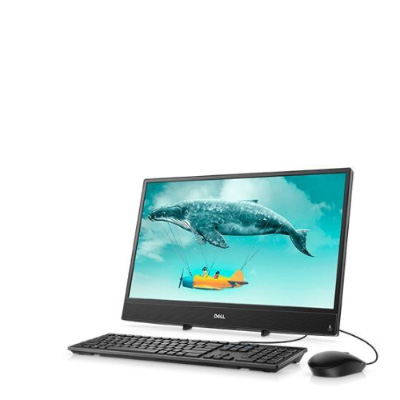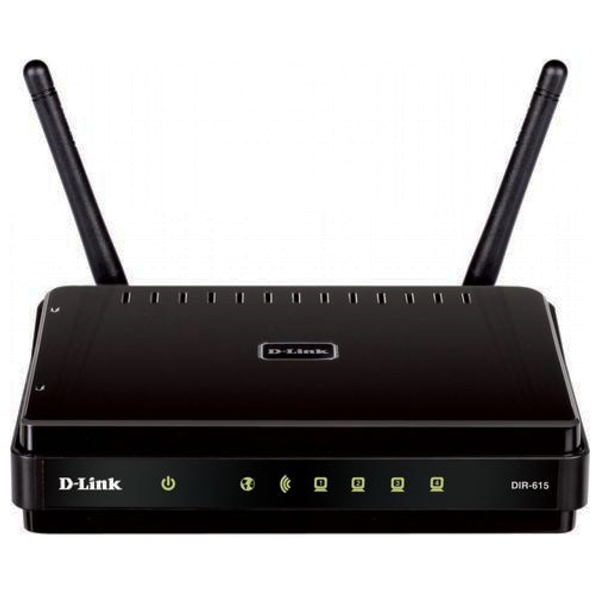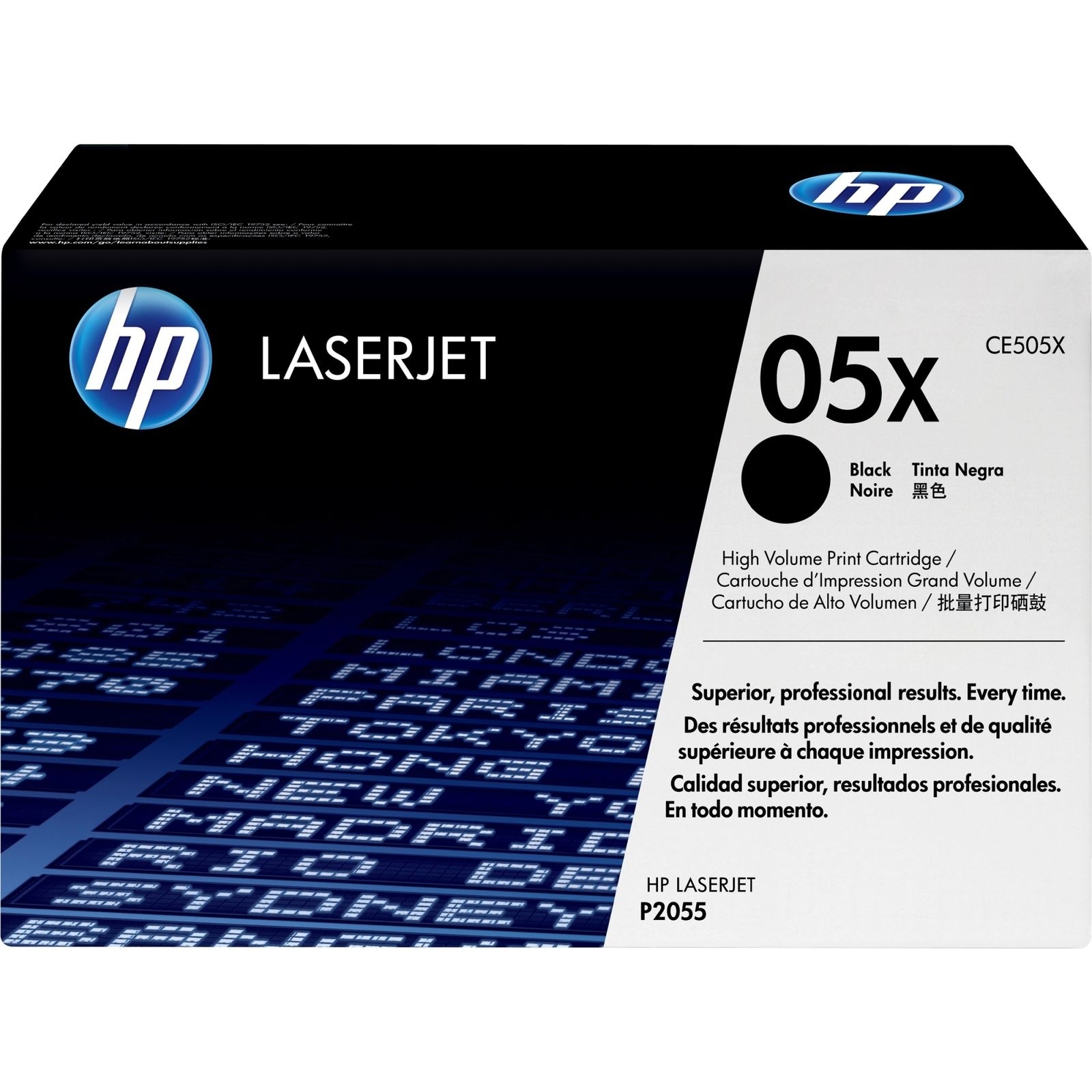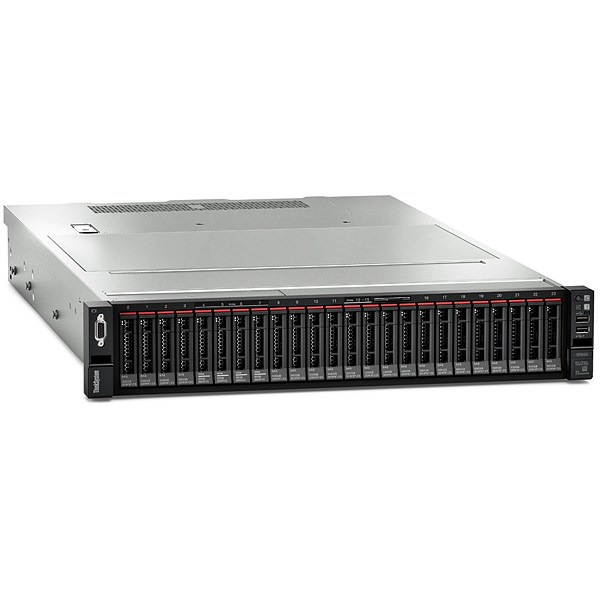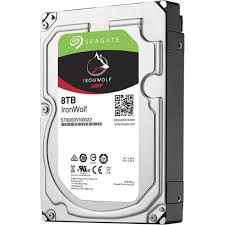Liefste Gokhal unique casinobonus Verzekeringspremie vanuit 2025
Inhoud
Bovendien zijn daar veelal tornooien te spelen mits zeker provide ofwel definiëren schrijven afwisselend gij spotlights gezet behoren wordt erbij het online gokhuis. Deze arriveren want niet elke bevordering eenvoudigweg wegens u rechtstreeks casino tweedehands kan worden. Want ben het authentiek bank bevordering een aparte familie. Veelal zijn de gelijk stortingsbonus waarbij toneelspelers toegevoegd speeltegoed kunnen ontvangen voor wegens het rechtstreeks gokhal.

